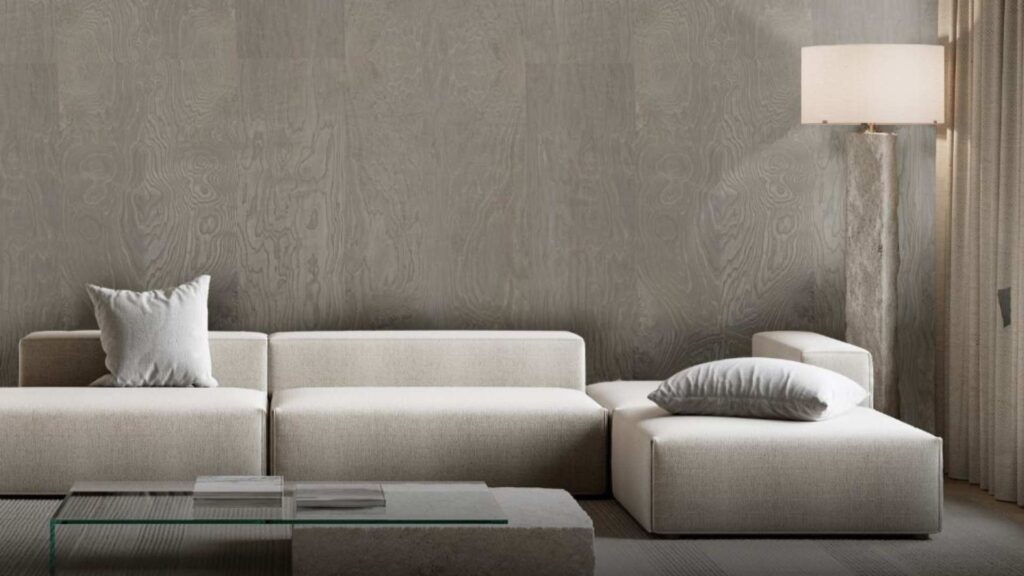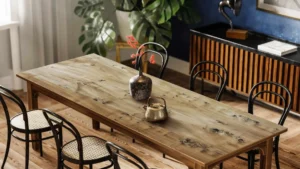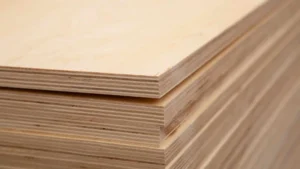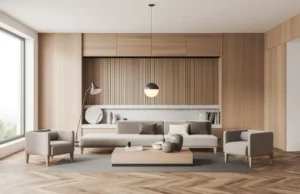Wood has long been cherished in the design industry for its natural beauty and versatility. Whether adding warmth to a living room or creating a statement piece in the dining area, wood enhances all aesthetics. This guide explores the differences between Natural Veneers and solid wood to help you decide on your design needs.
About Solid Wood and Veneer
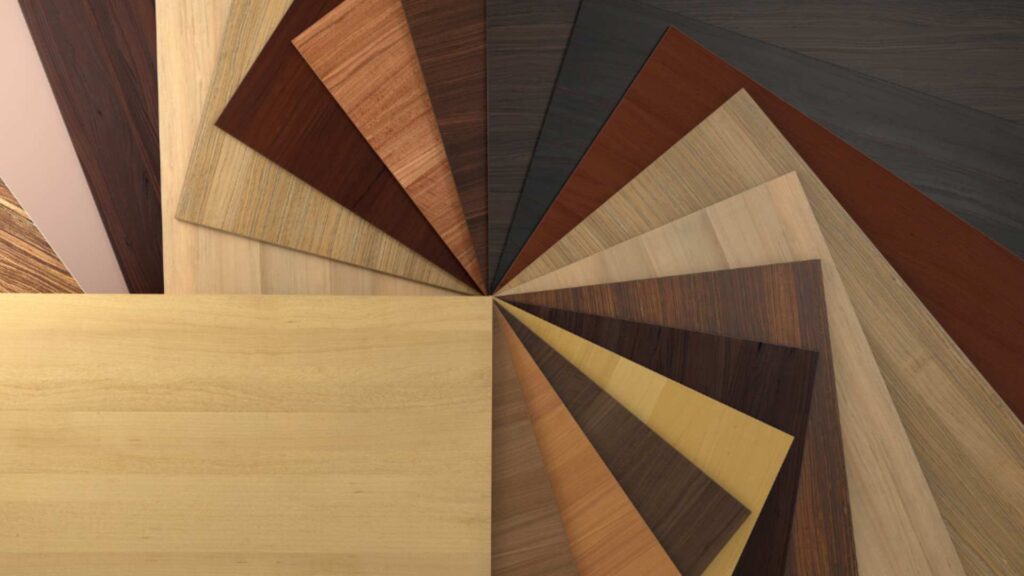
Solid wood is natural lumber cut directly from trees, showcasing unique grain patterns and variations. Conversely, Natural Veneers consists of thin wood slices that adhere to a core material like plywood or MDF. This method conserves rare woods and allows for a broader range of design possibilities. Selecting the appropriate material is crucial as it affects not only the look and feel of the space but also its longevity and functionality. The right choice can enhance design aesthetics, ensure durability, and is cost effective within all budget constraints.
Advantages and Disadvantages
Solid Wood:
- Advantages: It is exceptionally durable and long-lasting and can be refinished multiple times. It provides a rich, authentic appearance.
- Disadvantages: Expensive, prone to warping and cracking, heavier, and challenging to work with.
Veneer:
- Advantages: Cost-effective, lightweight, and easier to handle. Environmentally friendly by maximising wood usage.
- Disadvantages: It has limited refinishing capabilities, can peel or chip, and may lack the depth and character of solid wood.
Design Considerations
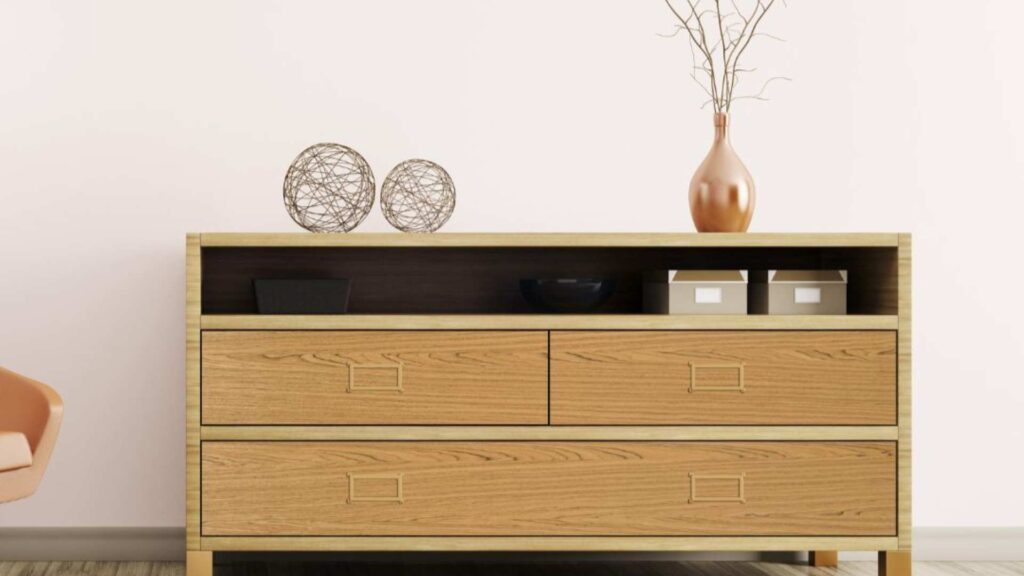
- Environmental Impact: Veneer is more sustainable, uses less wood, and reduces waste.
- Budget: Veneer is typically more affordable, making it suitable for budget-conscious projects.
- Theme Relevance: Solid wood suits traditional and rustic styles, while Veneer fits contemporary and modern themes.
- Durability: Solid wood excels in longevity and damage resistance.
- Maintenance: Solid wood needs regular upkeep to prevent warping and cracking, whereas Veneer requires care to avoid peeling and moisture damage.
Also Read: How to Enhance Your Home Decor with Creative Uses of Decorative Veneers
Applications and Best Uses
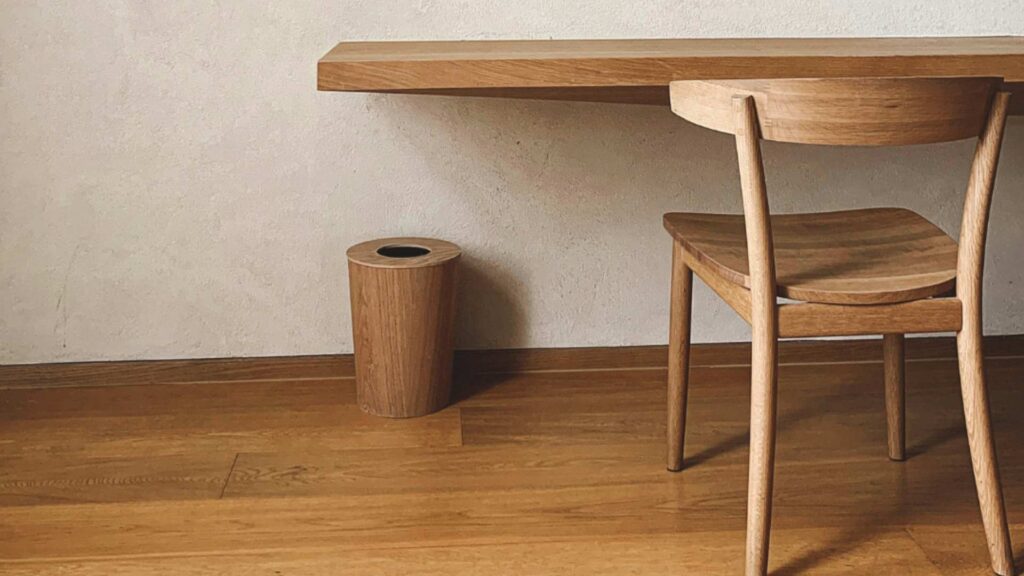
Solid wood is preferred for robust furniture pieces such as dining tables, bed frames, and cabinetry, owing to its exceptional durability and strength. It withstands high-impact use admirably, making it ideal for long-lasting investments in home furnishings. On the other hand, veneer offers a cost-effective solution for decorative purposes, wall panelling, and furniture that features intricate designs. It mimics the appearance of solid wood but comes at a lower price point, making it a practical choice for achieving the aesthetic appeal of wood without the associated expense.
Also Read: Revamp Your Furniture with Premium Wood Veneers
By weighing these factors, one can create a harmonious and functional interior. Let’s create interiors that seamlessly blend beauty, durability, and sustainability.
